During World War II, the Soviet Union received more than 10,500 tanks from the Western Allies as military aid. Of these, the United States provided about 6,000, and the United Kingdom and Canada provided about 4,500. These tanks, along with more than 65,000 Russian T-34 tanks, contributed significantly to the victory over Nazi Germany.
Below is a list of tanks that the Western Allies provided to the Soviet Union during World War II.
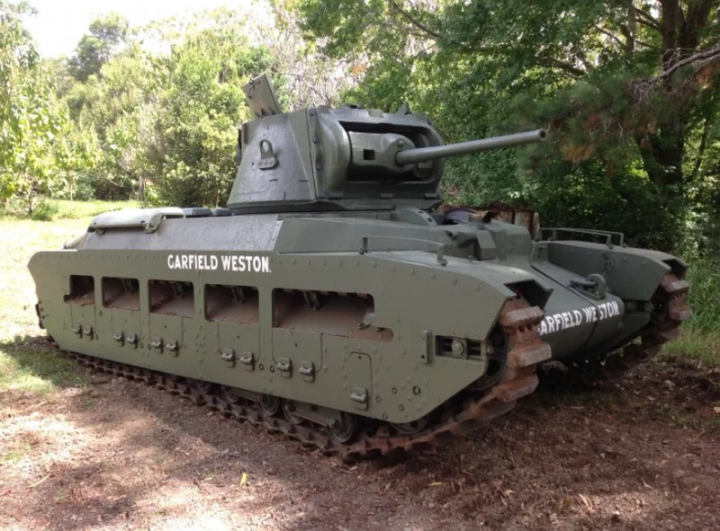
Matilda tank
Matilda
The Mark II Matilda infantry tank was designed to attack fortified positions, and had thicker frontal armour than the Soviet KV-2 heavy tank, which the German army once called the “Russian monster”. The UK supplied the Soviet Union with around 900 of them during the war.
Nikolai Zheleznov, a Soviet tank driver, commented, “ The Matilda was just a huge target! It had thick armor, but a 42mm gun and outdated sights. In general, the tank was clumsy, difficult to control, and moved slowly, only reaching 25 km/h."
But the Matilda was still used in the Battle of Kursk and subsequent major campaigns. By 1943, due to not meeting the requirements of the war, the Soviet Union stopped accepting this type of tank.
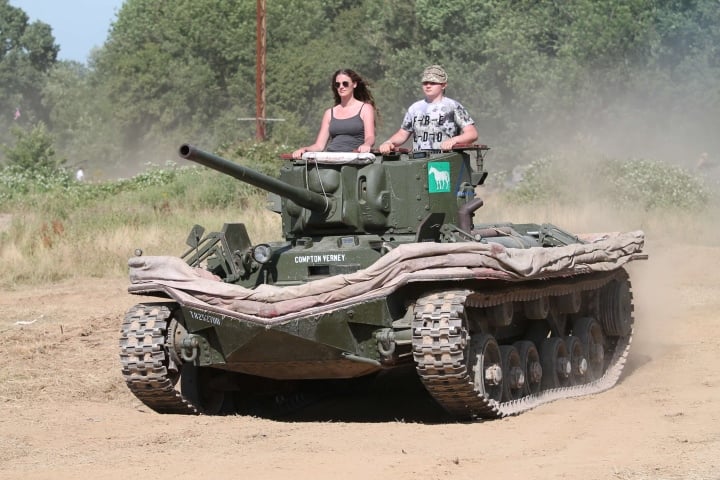
Valentine Tank
Valentine
The Valentine tank was a British armored vehicle, the Soviet Union received more than 3,300 of these tanks in 8 different modifications. The first Valentines arrived in the Soviet Union at the end of 1941 and participated in the counteroffensive in Moscow, Valentine performed well in Russian winter conditions.
Mikhail Kotlov, a member of the tank crew, commented, “The engine was so quiet that even when he put his hand on the tank’s body, he could not hear it working.” Some Soviet soldiers believed that it was because of the silence that Valentine was able to approach the German tanks without being detected.
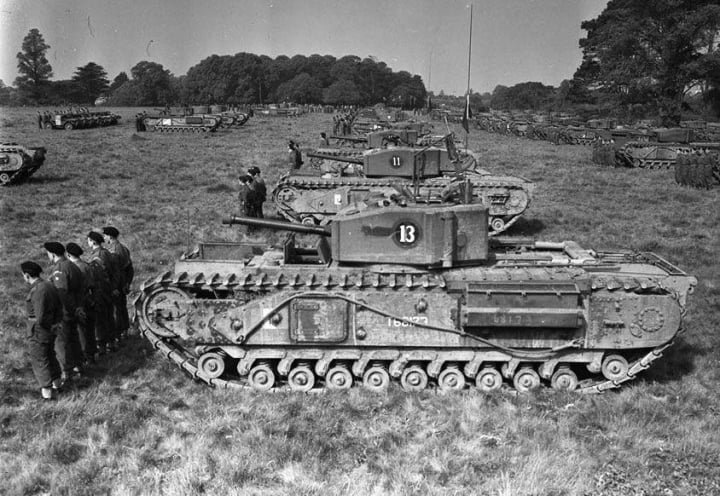
Churchill tank
Churchill
The United Kingdom transferred more than 300 Mk.IV “Churchill” infantry tanks to the Soviet Union. But only 253 reached their destination, the others were sunk in the Arctic Ocean on Allied transport ships, during the fighting with the Germans.
This tank has very thick frontal armor up to 102 mm. Experts have improved some engine parts and main weapons to adapt to the harsh winter conditions in the Soviet Union.
The Churchill was one of the main heavy tanks of the Red Army in the Battle of Kursk, participated in the liberation of Ukraine, the Baltic republics and in battles with the Finnish army in Karelia. By the end of the war, only three Churchill tanks remained in service with Soviet Red Army units.
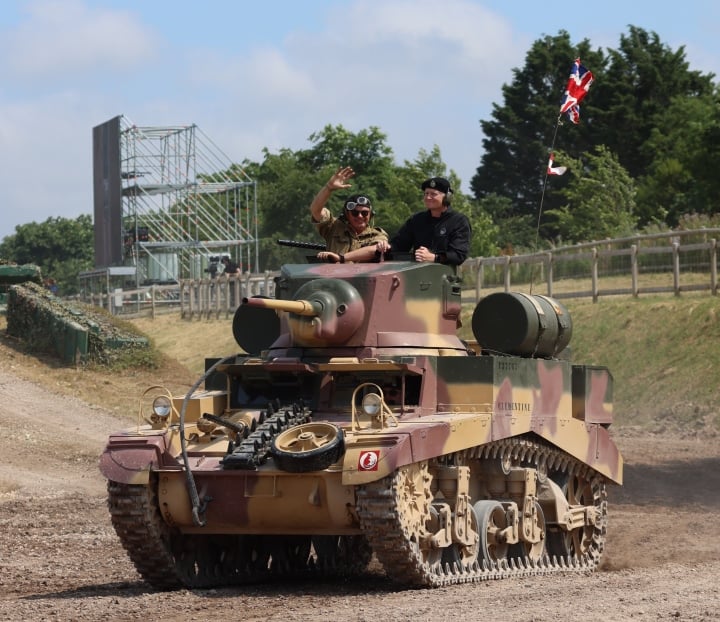
Stuart tank
Stuart
Named in honor of the American Civil War general J.E.B. Stuart, the M3 “Stuart” tank was considered superior to many Soviet light tanks. However, its relatively cramped cockpit made it uncomfortable for the crew to fight for long periods of time. As a result, this type of tank was not popular in the Soviet Army.
The Soviet Union received more than 1,200 Stuarts tanks and deployed them to most sectors of the Soviet-German front. Stuarts played a significant role in the Battle of the Caucasus.
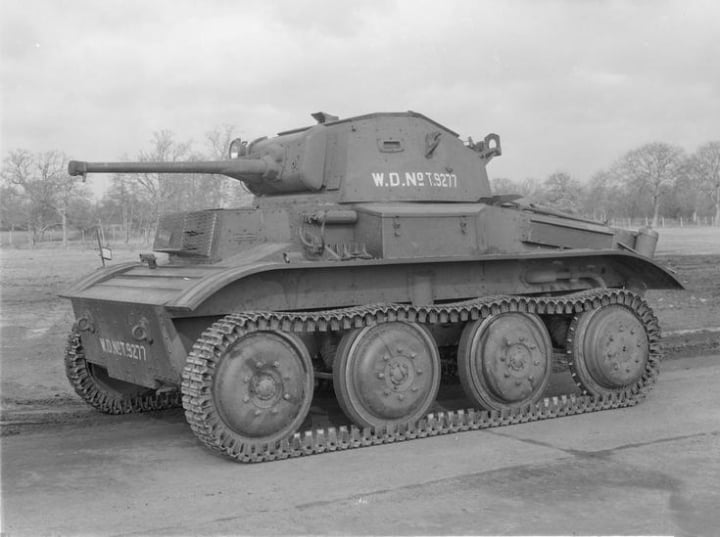
Tetrarch Tank
Tetrarch
The British Army used the Mk.VII “Tetrarch” light tank in the landings on Madagascar in May 1942 and in Normandy in June 1944.
On the Soviet battlefield, Tetrarchs did not have the opportunity to participate in major military campaigns, only two dozen of these tanks were used in the Caucasus battles. Due to the thin armor of only 16 mm, Tetrarch was not considered a valuable battle tank in the Red Army of the Soviet Union.
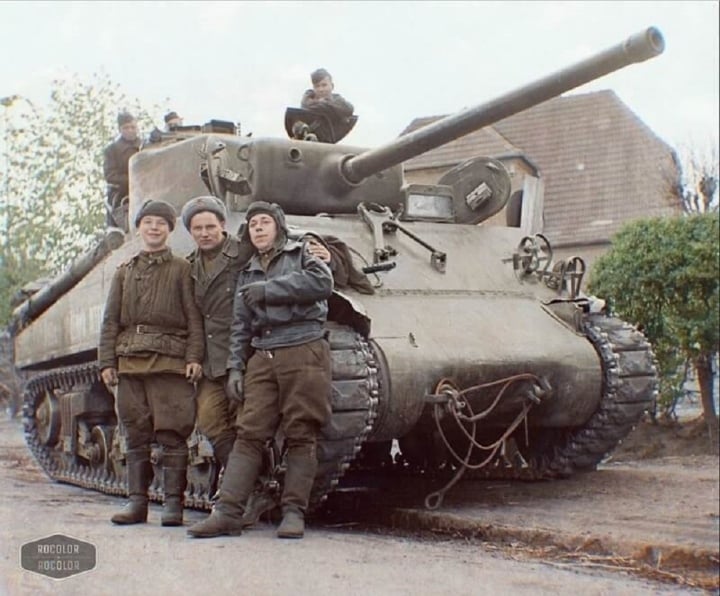
Sherman tank
Sherman
Pyotr Kurevin, a Soviet tank crew member, said of the M4 Sherman medium tank: “ This is the best American tank. The engine, armor and weapons are very good.” The Soviet Union received about four thousand of these combat vehicles, mainly the M4A2 modification with a diesel engine.
Named in honor of American Civil War general William Sherman, the tank became one of the most beloved fighting vehicles in the Soviet Red Army.
The tank was equipped with a 76mm gun, which could penetrate the armor of the German heavy Tiger tank even at long range. But the tank's height was a disadvantage, making it an easy target for enemy fire.
Shermans took part in very important military operations in 1944-1945, including the battle for the liberation of Berlin. After the victory in Europe, these tanks went to the Far East to fight the Japanese Kwantung Army.
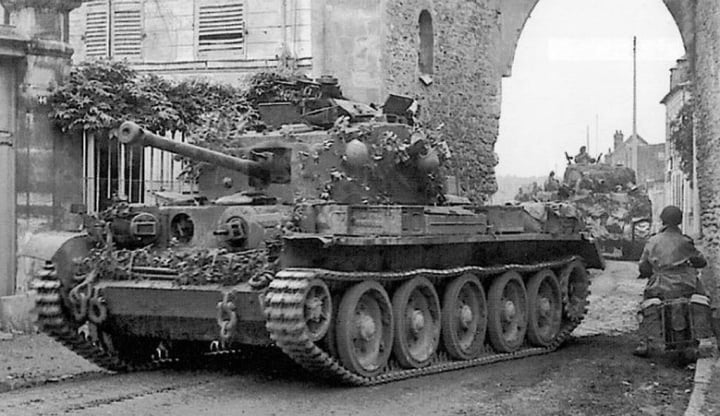
Cromwell tank
Cromwell
Designed to break through quickly into enemy rear areas, the Soviet Red Army received only six British Mk.VIII Cromwell tanks during the war.
Tests conducted in the Moscow region in the fall of 1944 showed that this tank was inferior to the Sherman in every way, from armor to armament. Therefore, the Soviet Union decided to stop importing this type of tank.
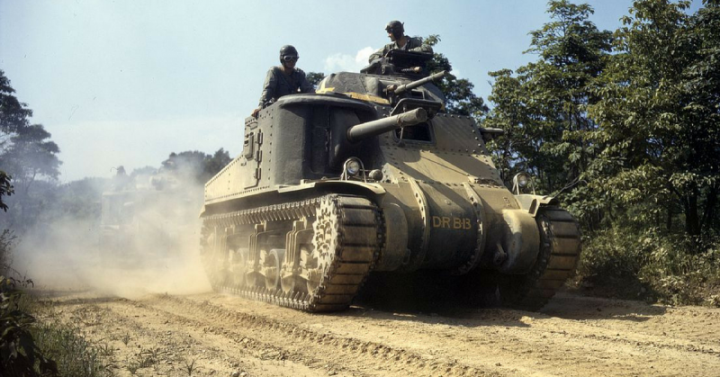
M3 Lee tank
Lee
The American M3 “Lee” medium tank arrived in the Soviet Union in the spring of 1942. In total, the Soviet Union received about a thousand of these fighting vehicles.
Named in honor of American Civil War general Robert Lee, the M3 Lee had a spacious cockpit, a crew of six to seven comfortably seated inside, an engine fan that kept the temperature cool, and a quiet engine.
But, all its advantages are just that. Lee is ineffective in complex terrain. Although equipped with two 75mm and 37mm guns, but the arrangement is not suitable, the tank's armor is also of low quality and cannot withstand the large-caliber guns of the enemy.
“The tank is spacious, and the tracks have rubber pads to reduce noise, but when the ground freezes, the tank slides and sways. Another disadvantage is that the engine runs on gasoline, so these tanks are prone to fire,” said tank crew member Nikolai Klimov.
The Lee was dubbed "the mass grave of seven" by Soviet tank units. The M3 Lee served on the Eastern Front until late 1943, when it was completely replaced by the Sherman.
Le Hung (Source: Russia Beyond)
Useful
Emotion
Creative
Unique
Wrath
Source



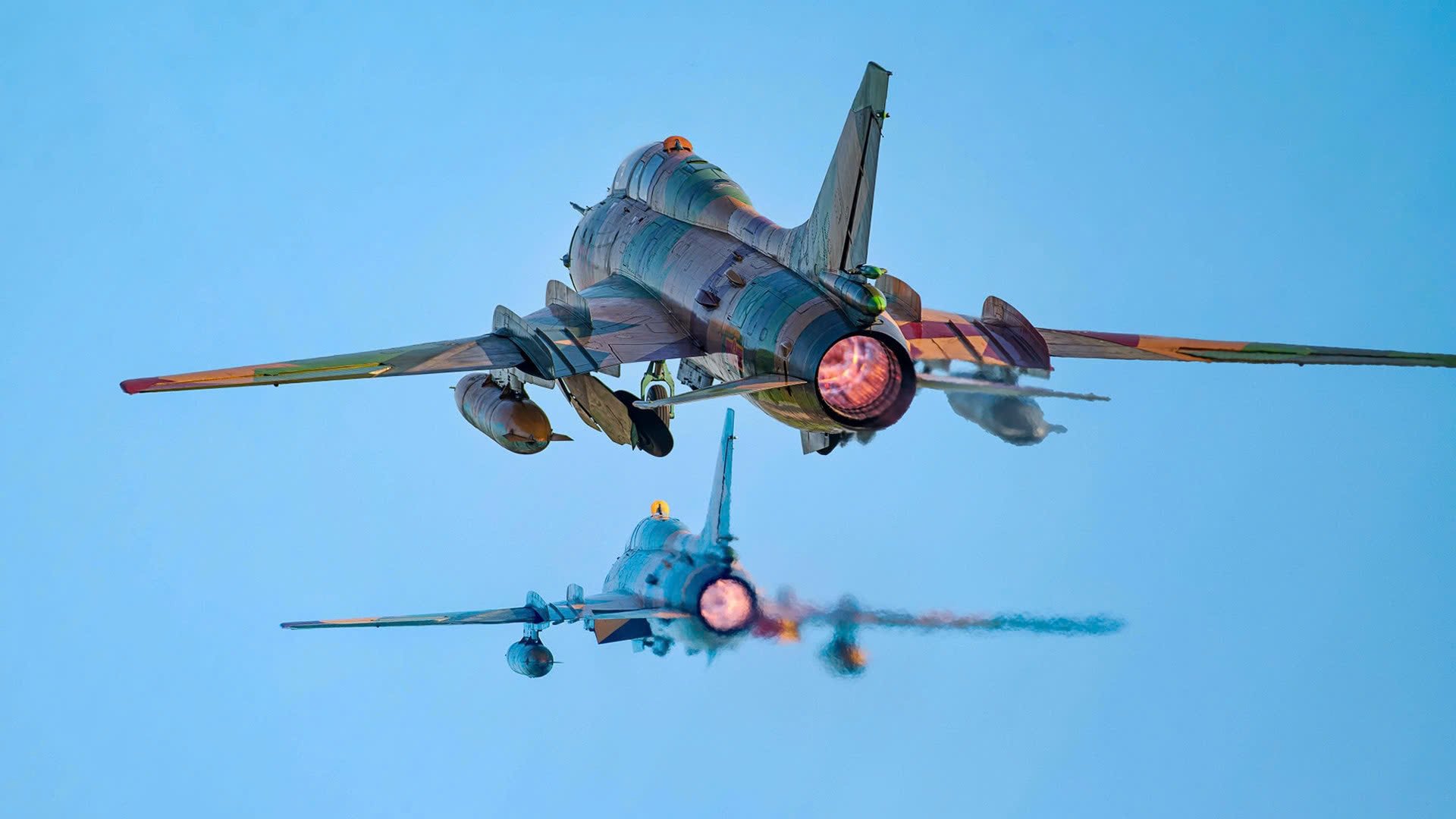
![[Photo] General Secretary To Lam attends the 80th Anniversary of the Cultural Sector's Traditional Day](https://vstatic.vietnam.vn/vietnam/resource/IMAGE/2025/8/23/9f771126e94049ff97692935fa5533ec)

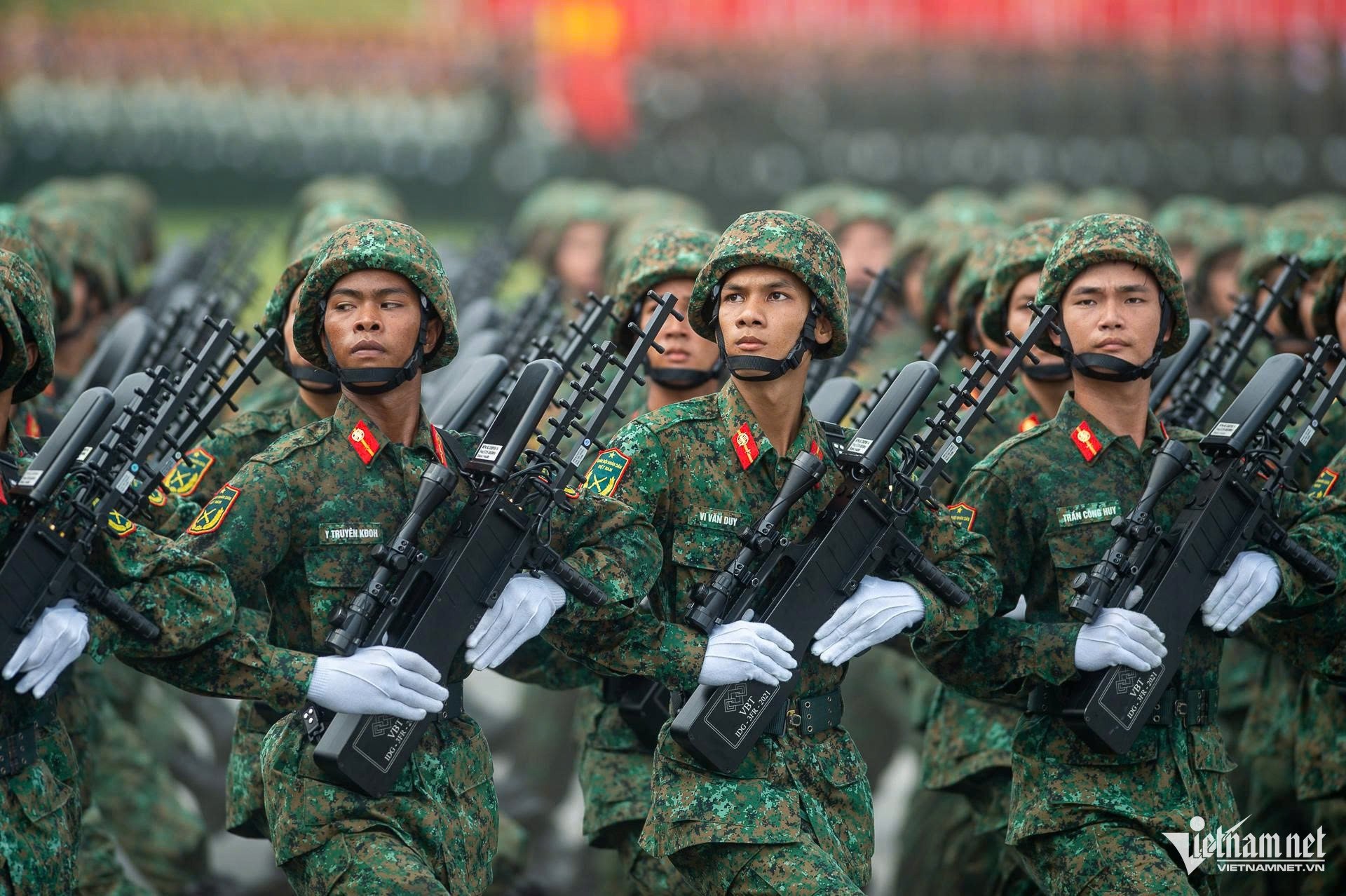
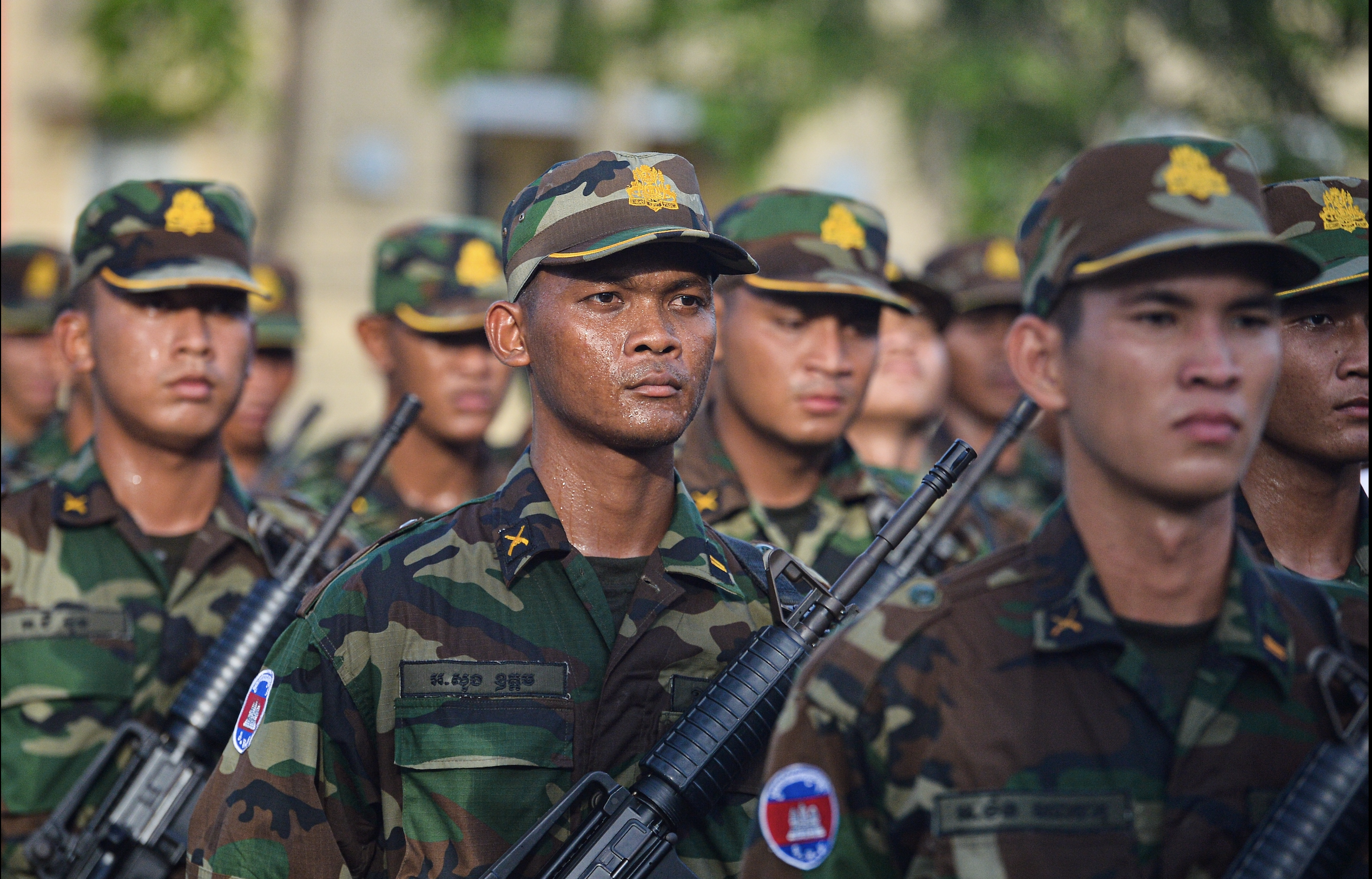

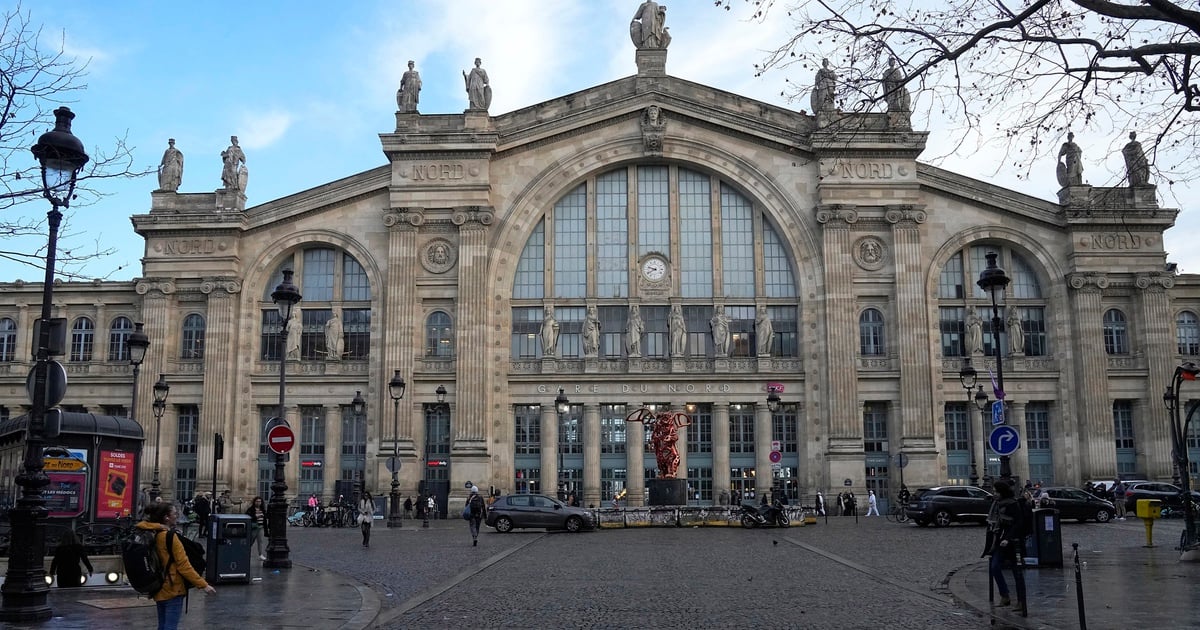

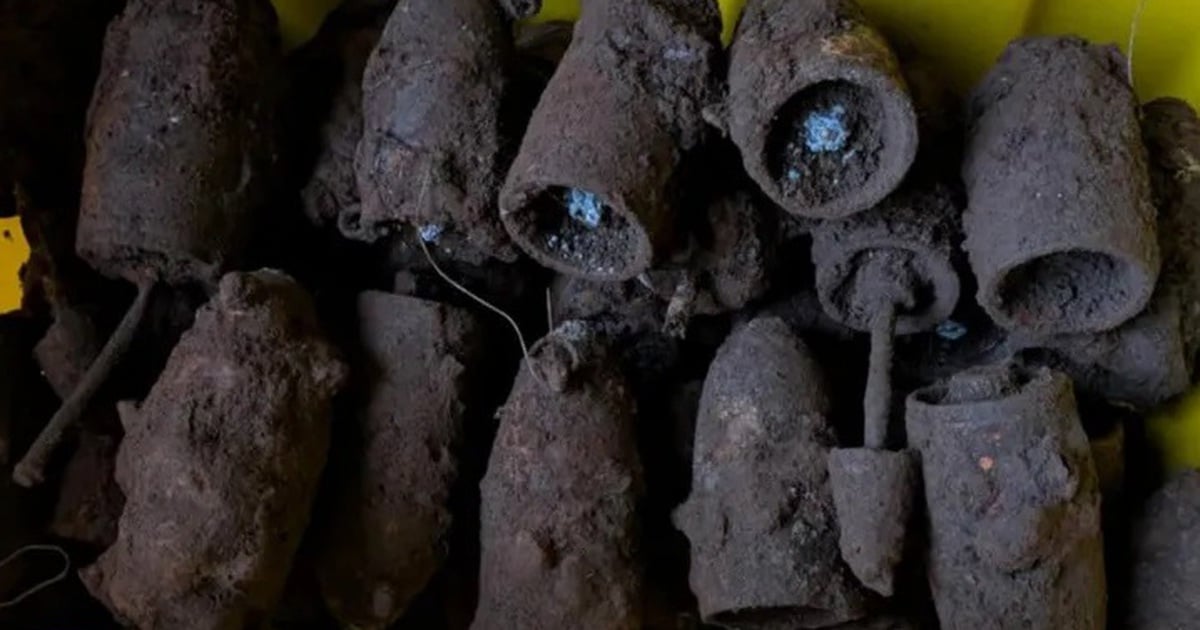
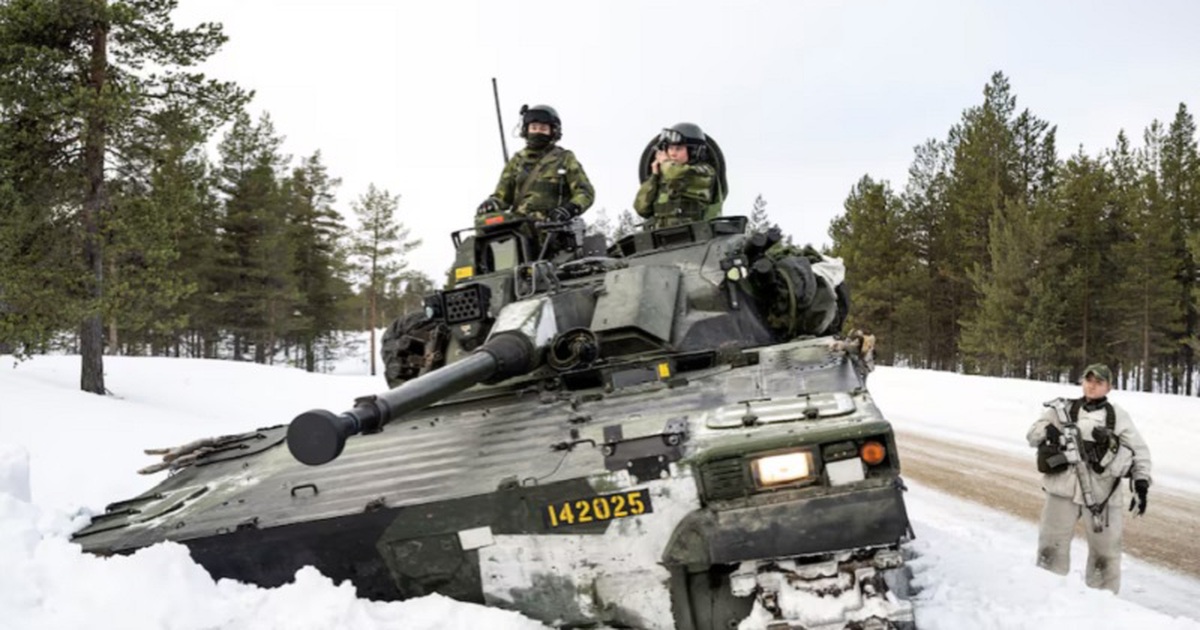
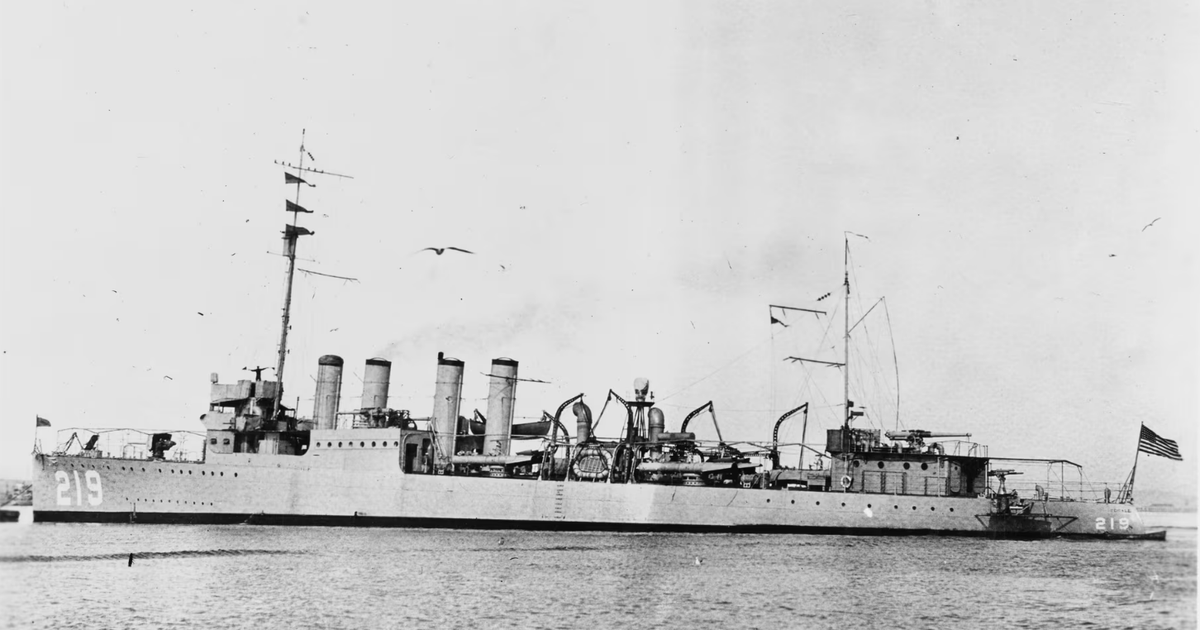
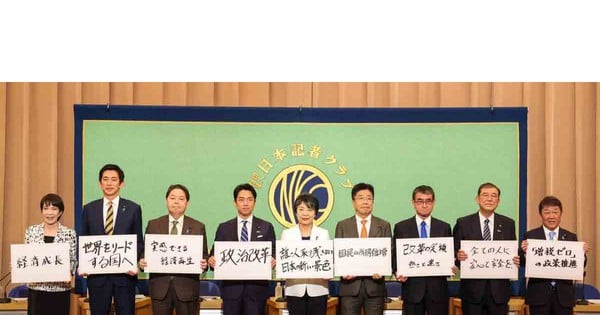
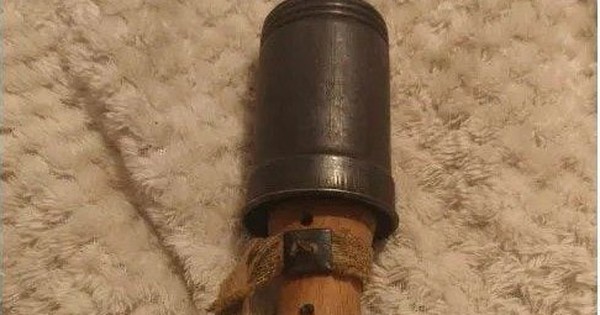






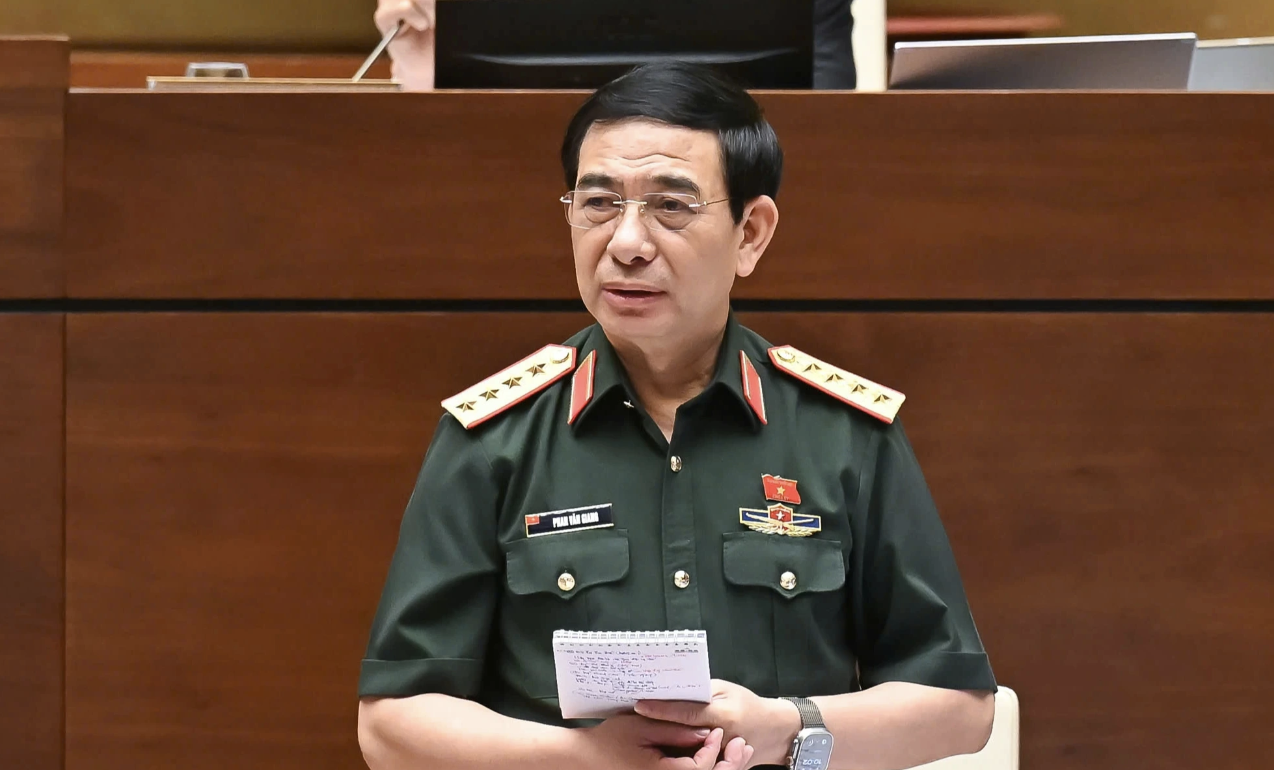
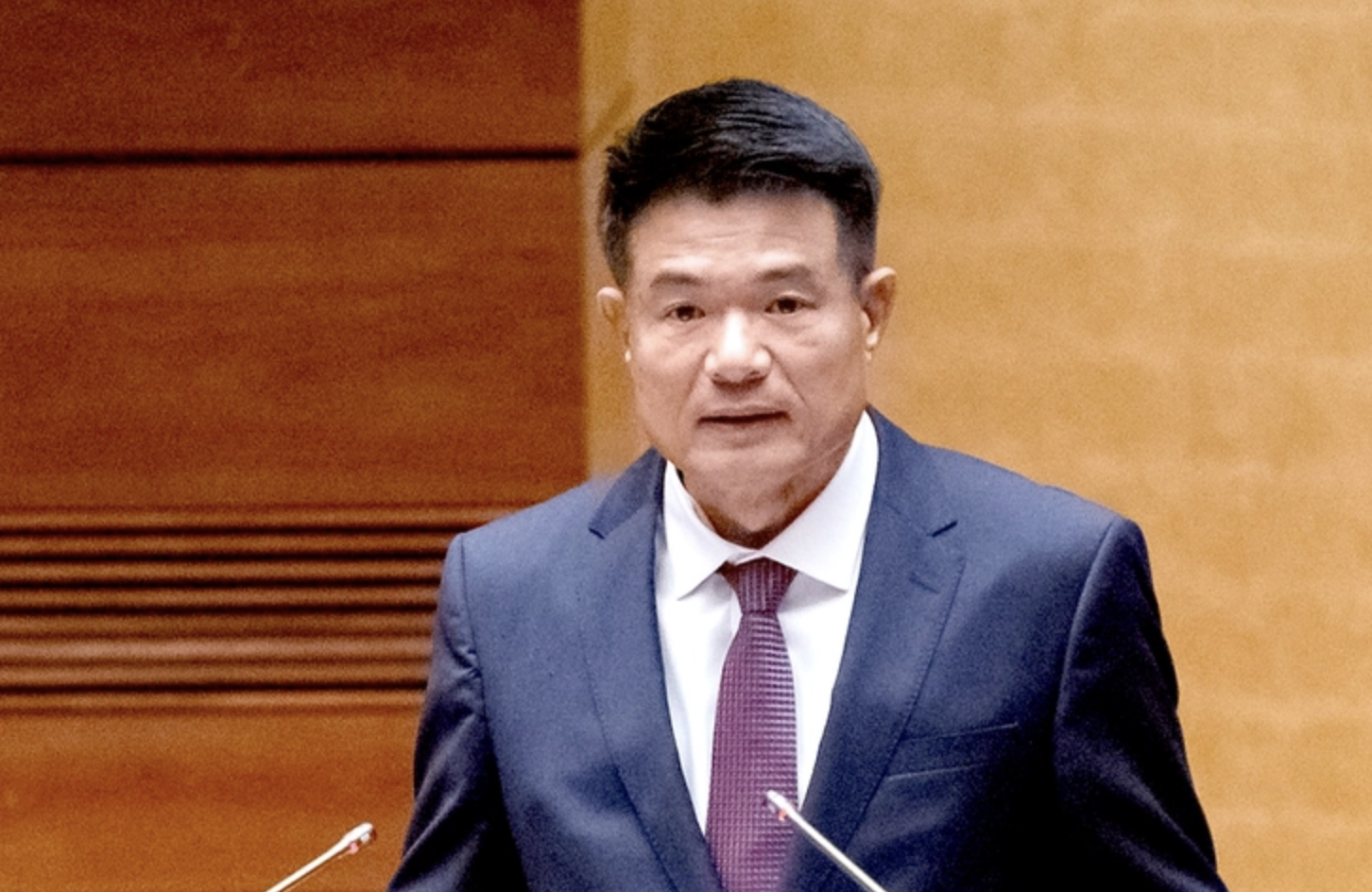

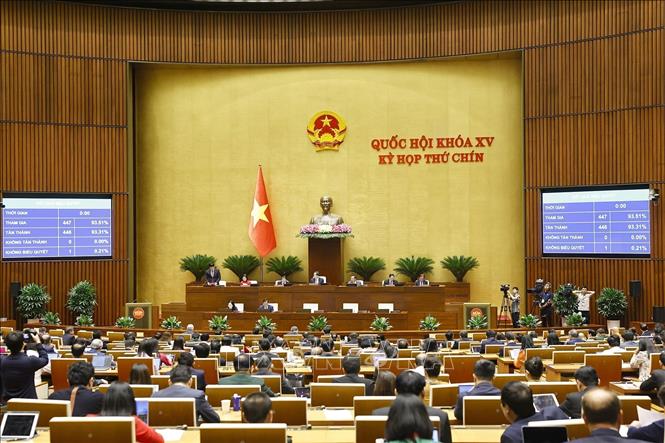







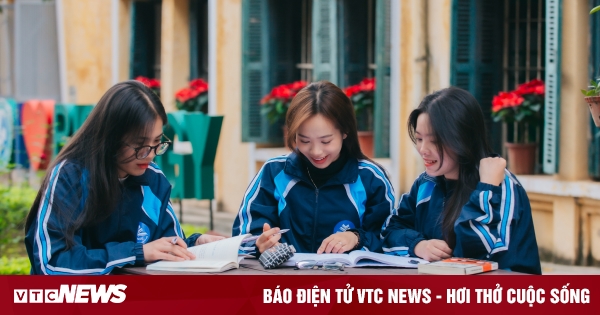


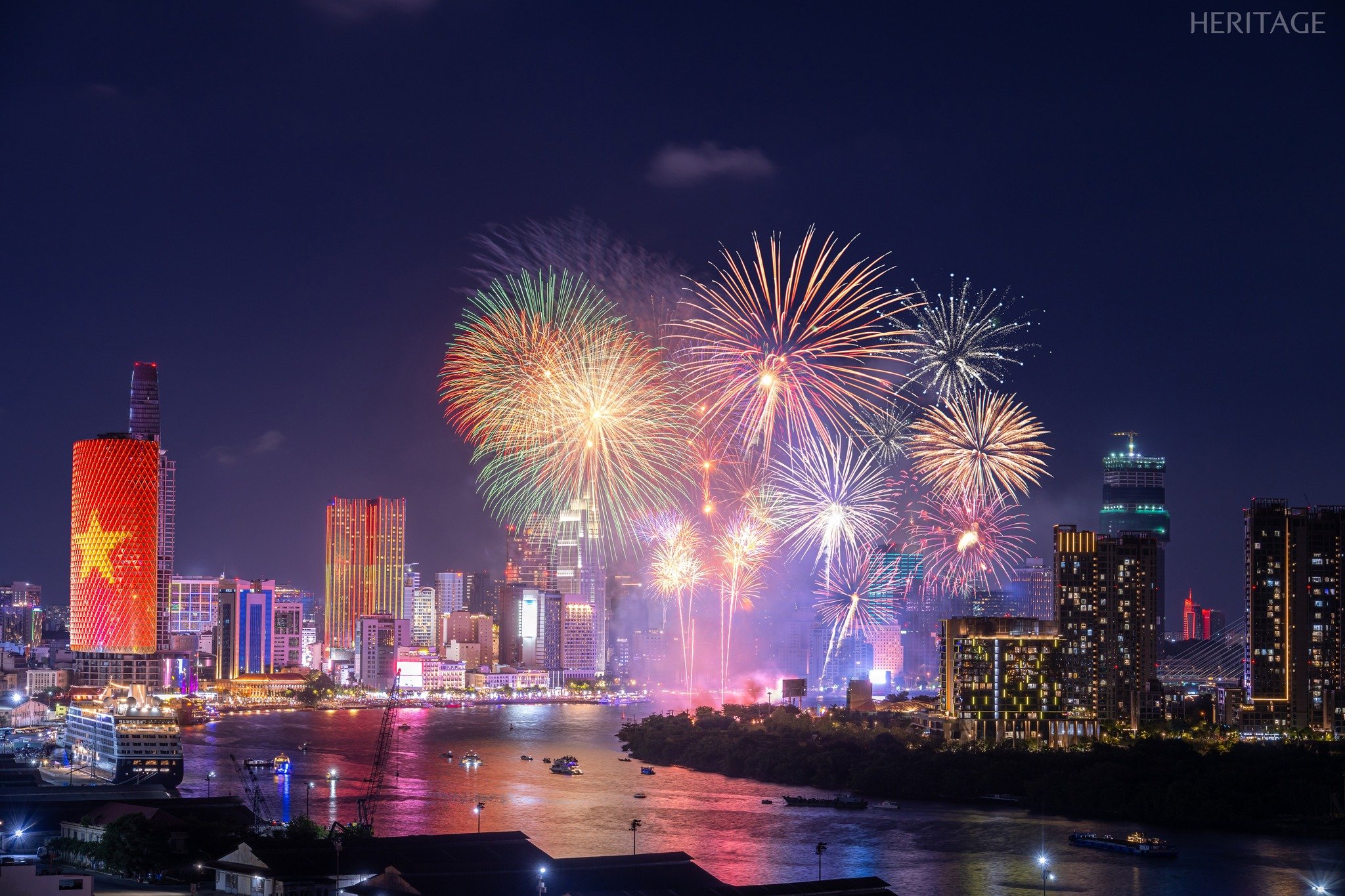































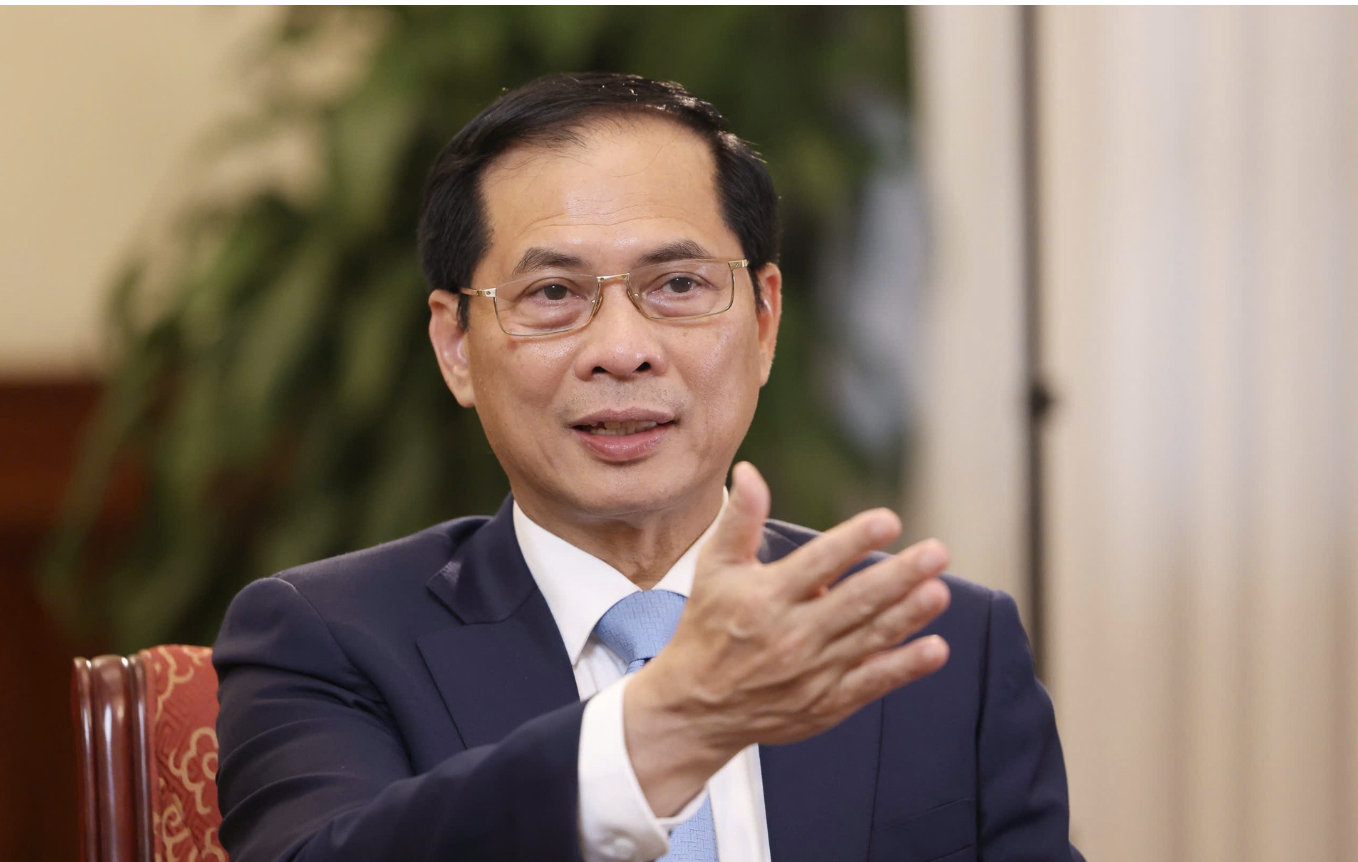

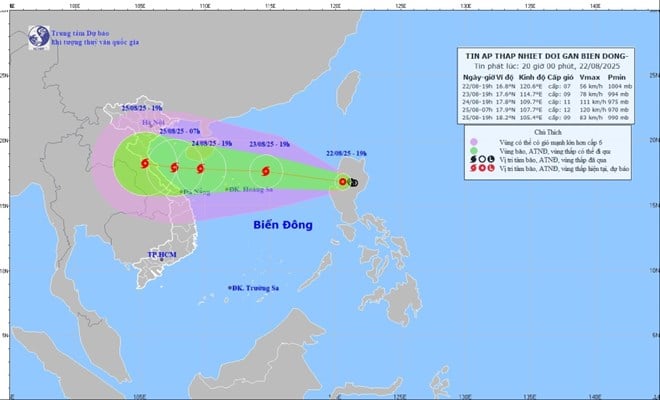



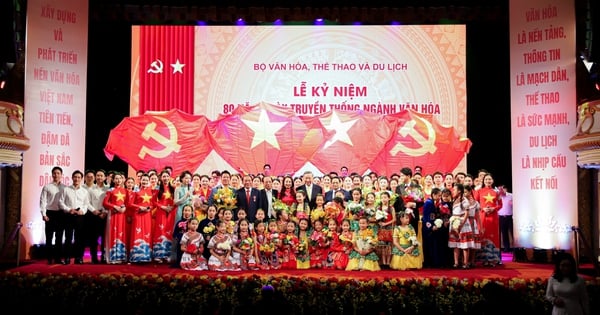

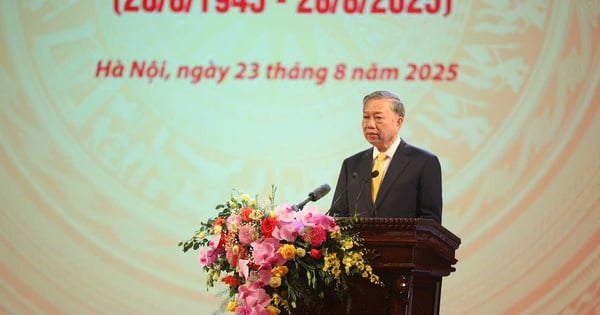
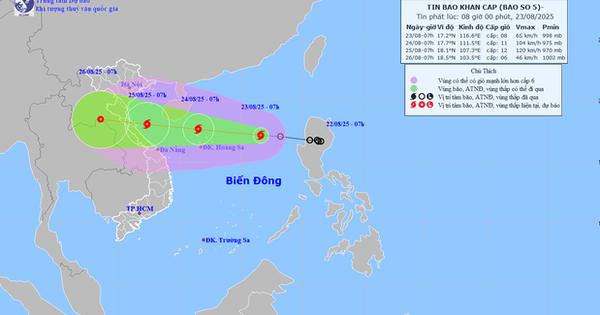

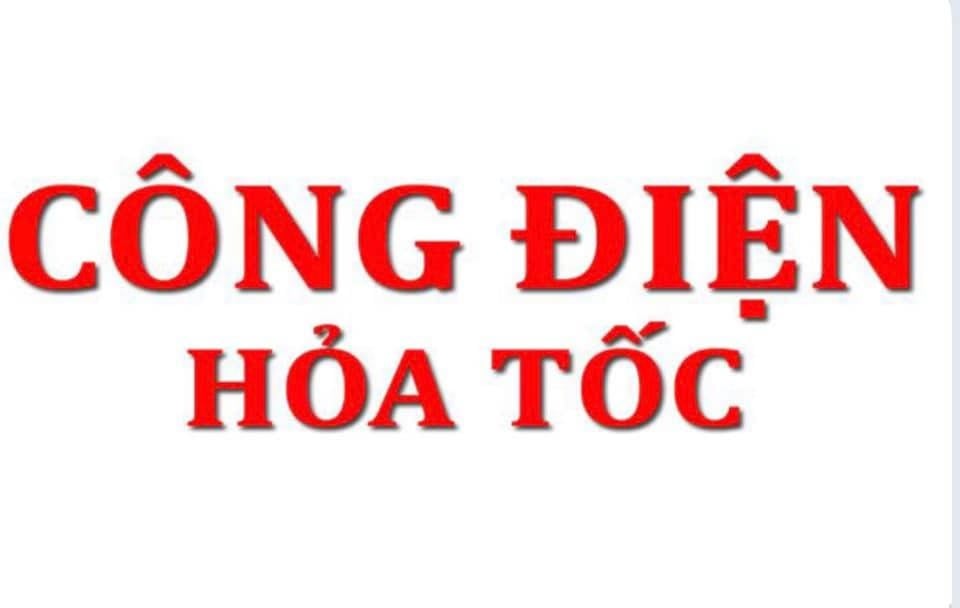

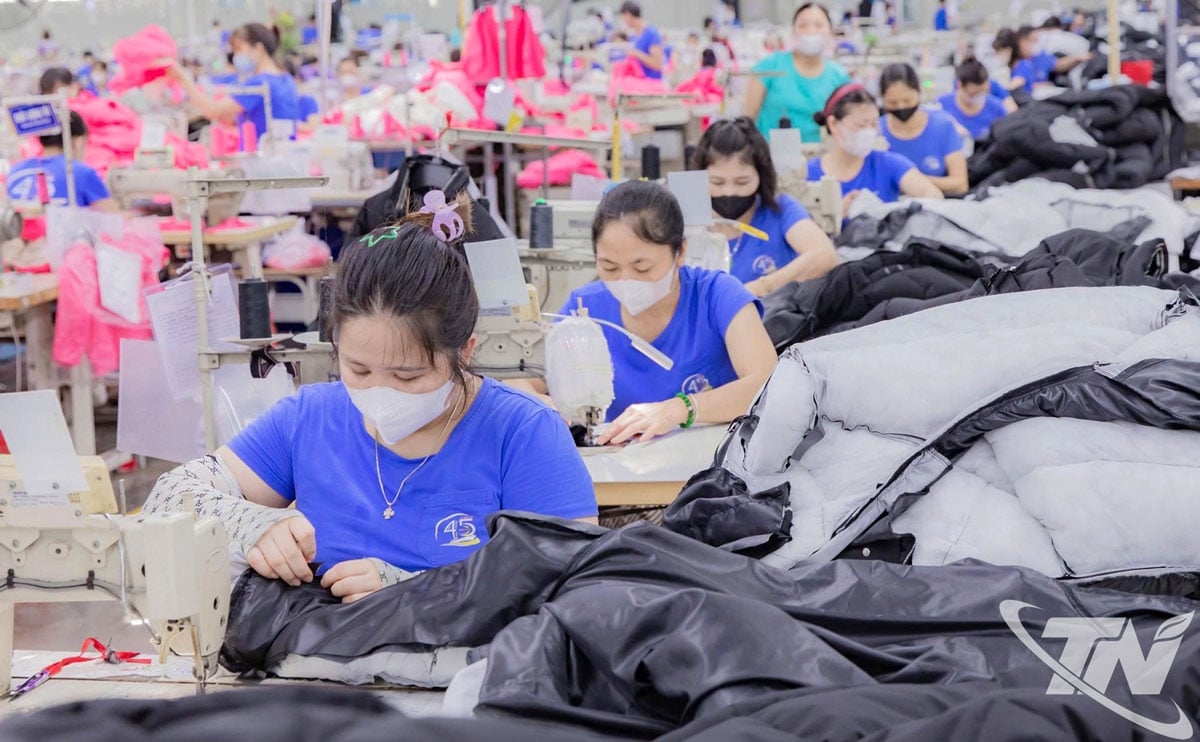

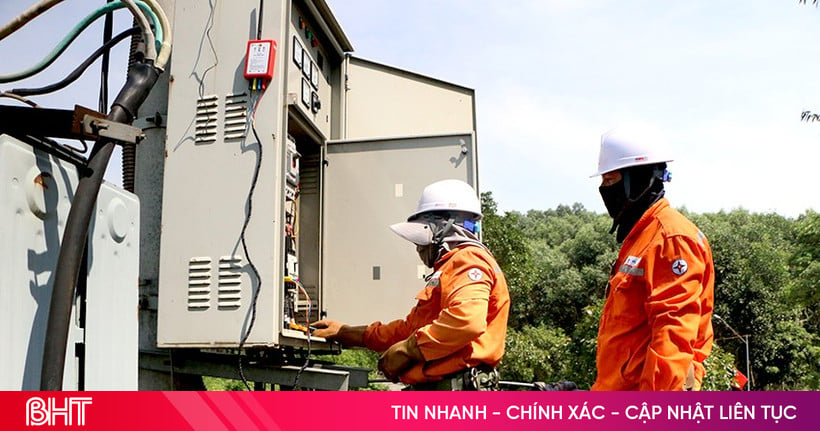

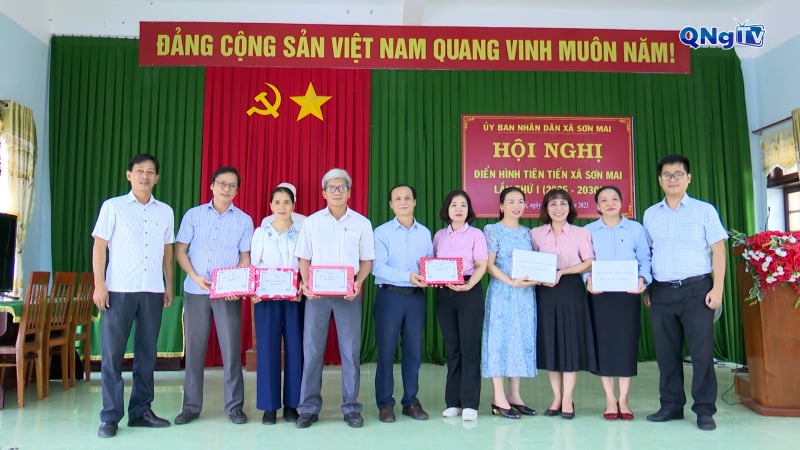

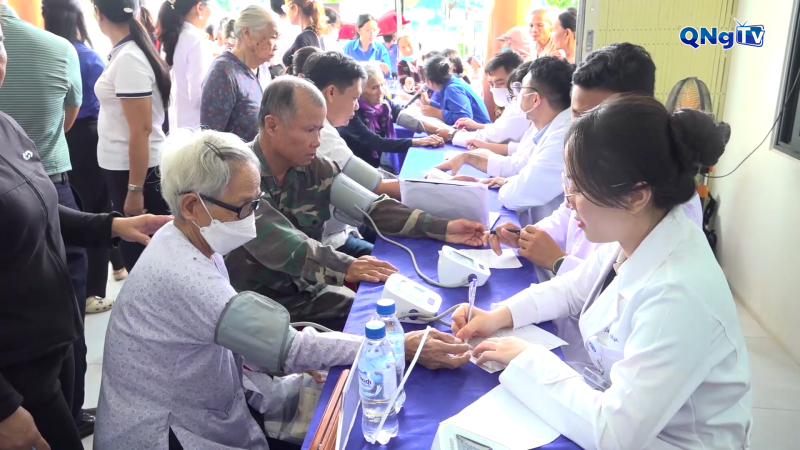
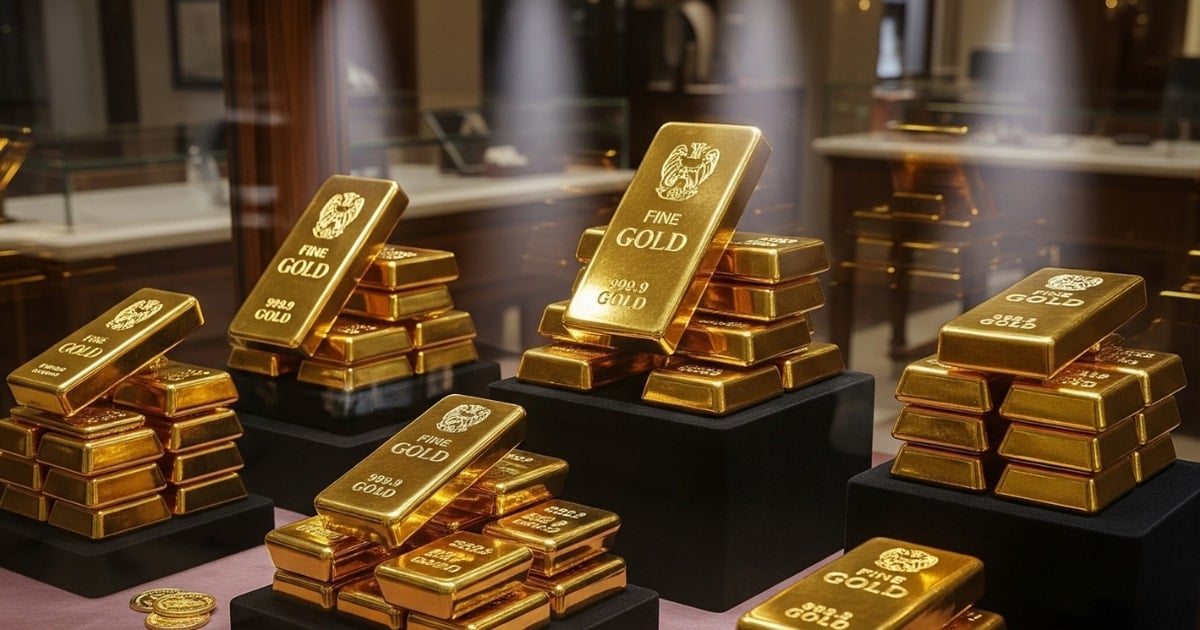

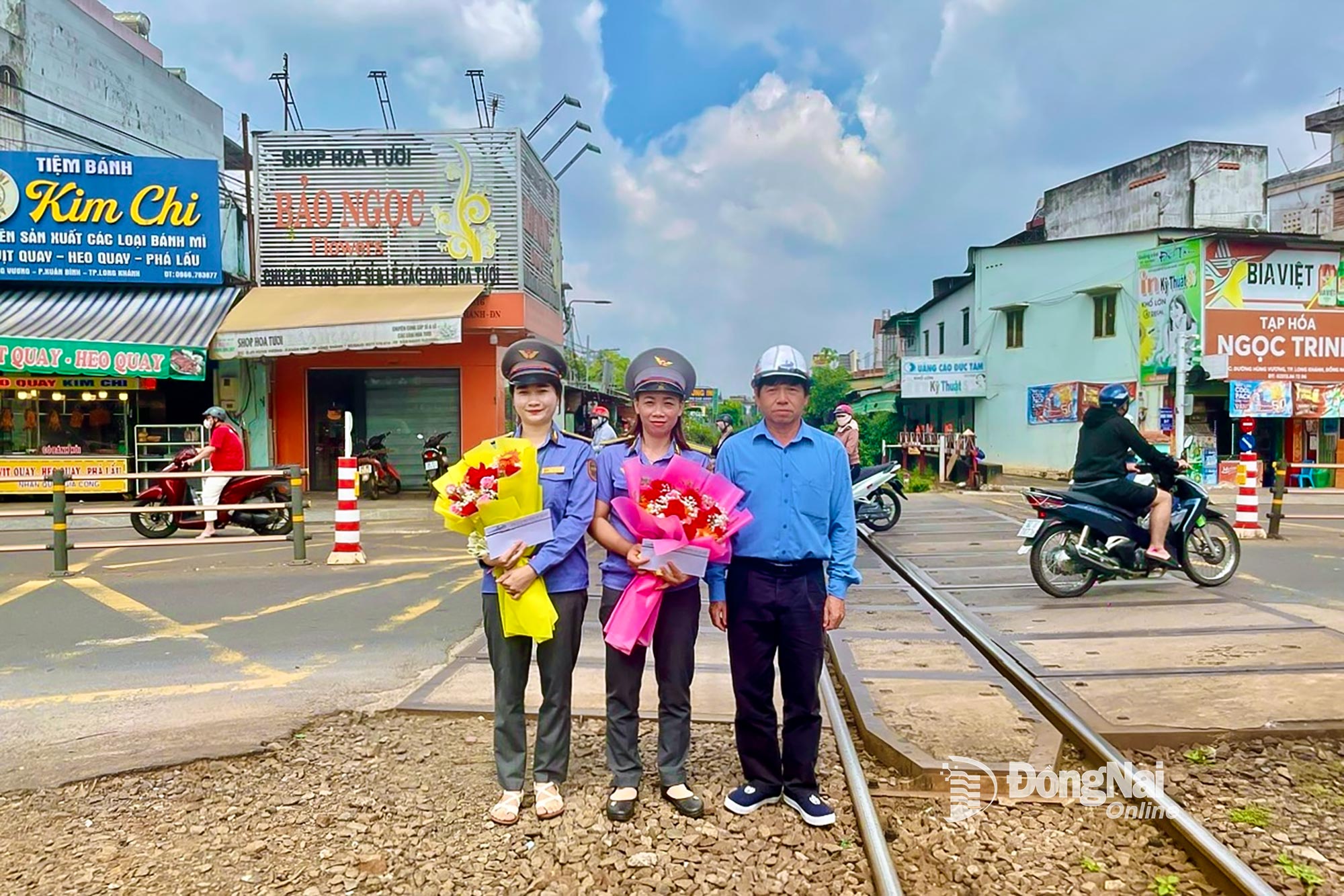





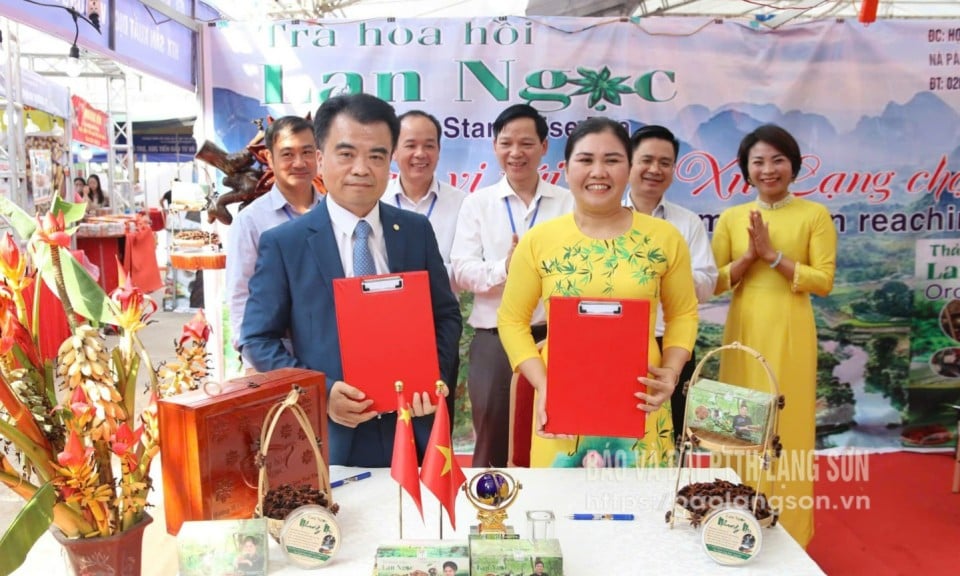

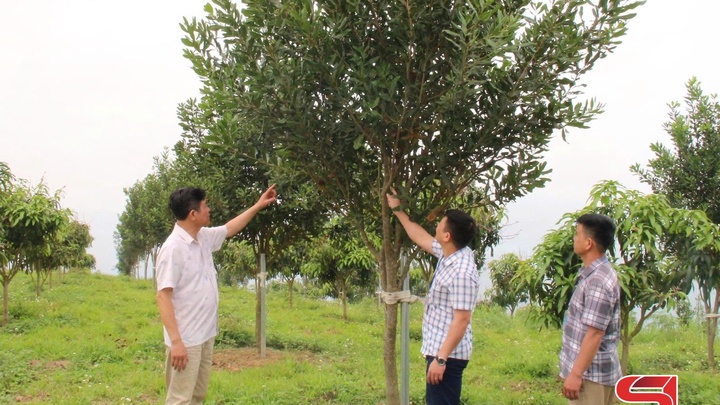

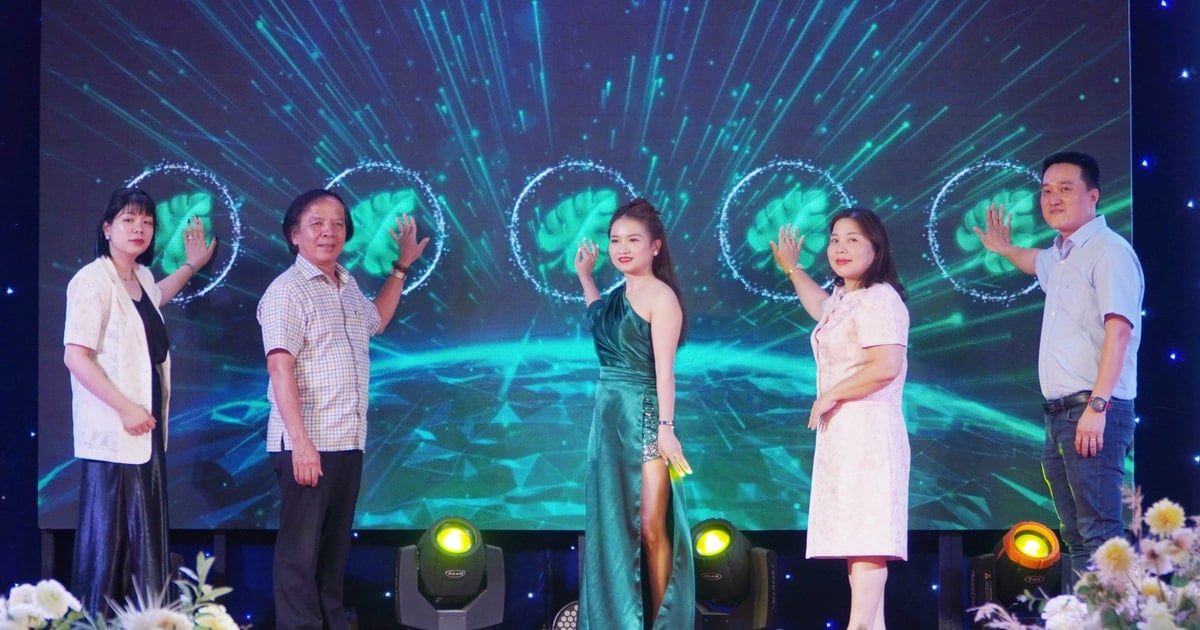





Comment (0)